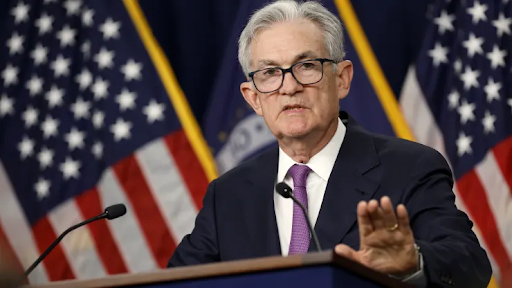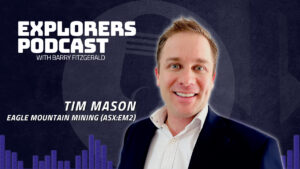In his recent address at Spelman College in Atlanta, Federal Reserve Chairman Jerome Powell presented a clear and cautious stance on the future of interest rate adjustments. Amidst market optimism and a recent surge in Wall Street values, Powell’s words echoed a message of restraint and careful monitoring. His comments come at a critical time when the Federal Reserve faces the challenge of balancing inflation control with economic growth.
Powell’s speech highlighted the importance of maintaining a “restrictive” monetary policy until the Fed is confident that inflation is steadily returning to its 2% target. He emphasized, “It would be premature to conclude with confidence that we have achieved a sufficiently restrictive stance or to speculate on when policy might ease.”
Despite acknowledging that the Federal Open Market Committee’s policy is “well into restrictive territory,” Powell pointed out that the balance of risks between overdoing or underdoing inflation control is becoming more balanced. This nuanced view suggests a shift in the Fed’s approach, moving from aggressive rate hikes to a more measured strategy.
Jeffrey Roach, chief economist at LPL Financial, interpreted Powell’s remarks as leaning towards a dovish perspective, indicating a softer approach in future rate hikes. This interpretation was confirmed by the positive response from markets, with significant stock averages and Treasury yields reflecting optimism.
However, Powell’s speech was not without its warnings. He noted that the economic outlook remains uncertain, especially with the pandemic’s ongoing effects and tight monetary policy’s impact on aggregate demand. The Fed’s preferred inflation gauge, the personal consumption expenditures prices, showed a 3% year-over-year increase, signalling that inflation is still above the Fed’s target while easing.
Powell also addressed the labour market, describing it as “very strong,” yet highlighting a slowdown in job creation as a necessary adjustment to align supply and demand.
Jerome Powell’s remarks at Spelman College paint a picture of a Federal Reserve in a transition state. While the path of future interest rate movements remains uncertain, Powell’s emphasis on data-driven decisions and careful monitoring suggests a responsive yet cautious Fed. As the Fed navigates the complexities of post-pandemic economic recovery and inflation control, Powell’s leadership will be crucial in steering the economy toward stable growth and price stability.























+ There are no comments
Add yours